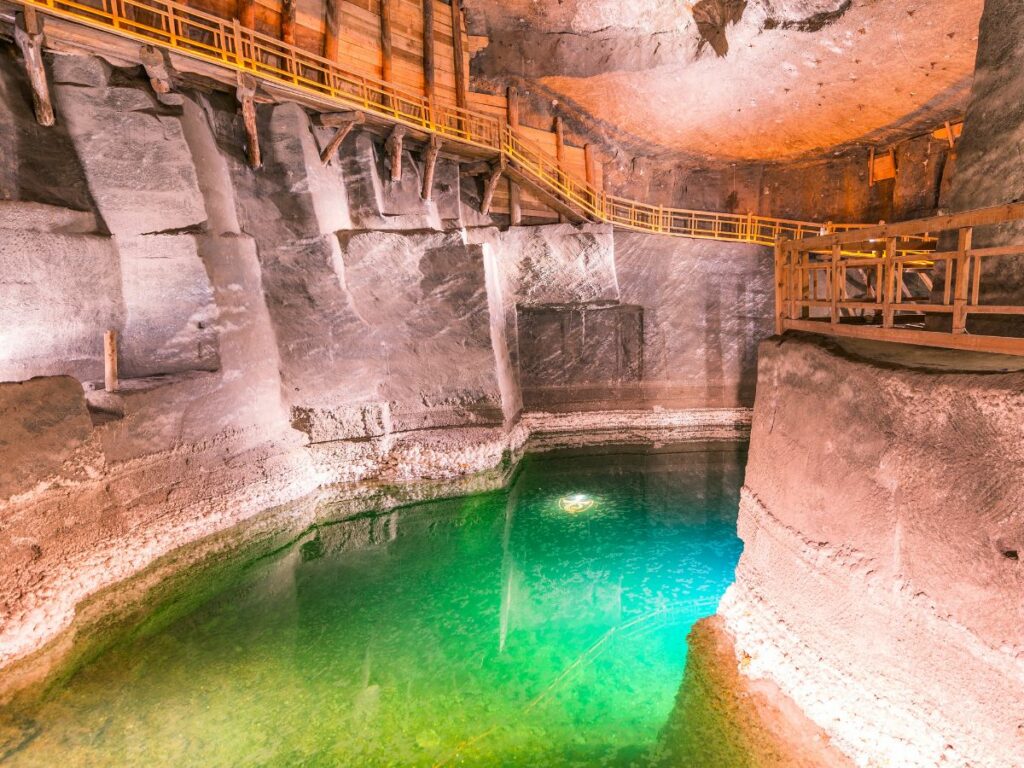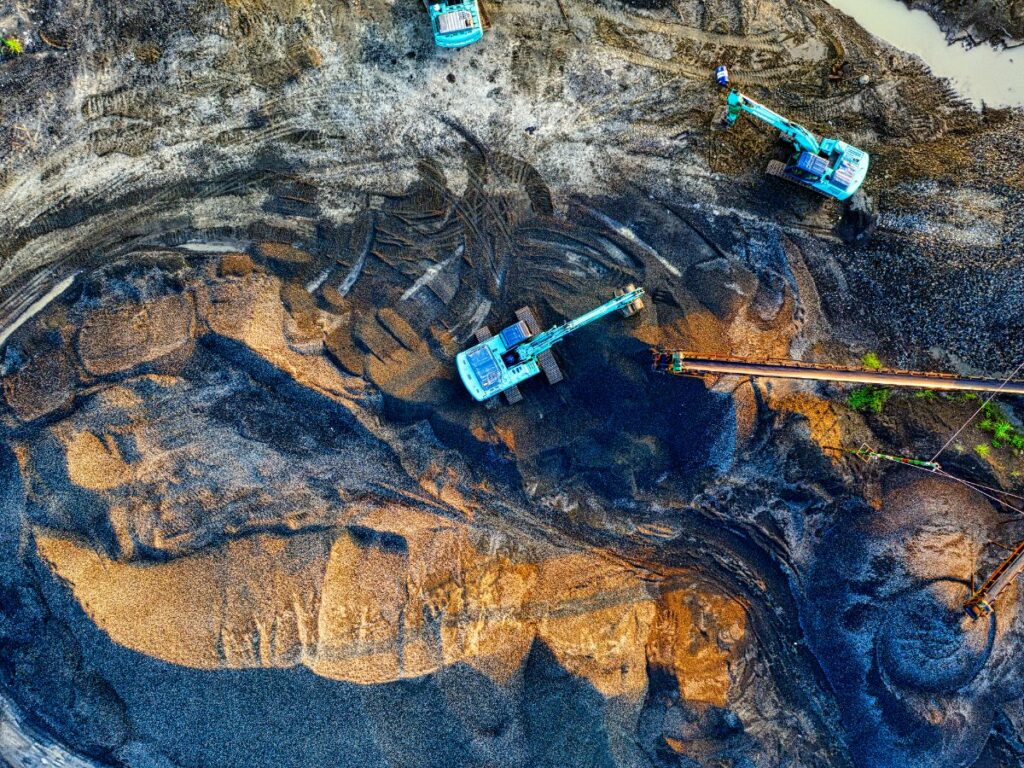Page Contents
Diverse Financing Options: Large mining projects ($250M+) can be funded through project finance, equity, debt, streaming agreements, and government incentives, often combined to balance risk and capital needs.
Tailored Strategies: The type of mining (surface, underground, placer, in-situ) and natural resource (metals, fossil fuels, industrial minerals) influence financing approaches and investor interest.
Sustainability Matters: Incorporating ESG practices and sustainability goals enhances access to financing, attracts socially responsible investors, and mitigates long-term risks.
Financing large-scale mining projects, especially those requiring $250 million or more, is a complex but achievable process.
For project owners and sponsors, understanding the available financing options and strategies is critical to securing the necessary capital.
This guide explores the key methods and considerations for financing mining projects, helping you navigate the process effectively.1
Key Financing Options for Mining Projects
Project Finance
Project finance is a popular method for large mining projects. It involves creating a Special Purpose Vehicle (SPV) to isolate financial risk. Lenders provide non-recourse or limited-recourse debt, meaning repayment depends on the project’s cash flows, not the sponsor’s balance sheet. This structure is attractive for high-capital projects, as it minimizes risk for sponsors.
Equity Financing
Issuing shares to investors is another common approach. Equity financing allows sponsors to raise significant capital without incurring debt, though it may dilute ownership. For large projects, equity is often combined with other funding methods to balance risk and control.
Debt Financing
Traditional loans from banks or institutional lenders are a cornerstone of mining finance. For projects over $250 million, syndicated loans (where multiple lenders pool resources) are often used. Debt financing requires strong project feasibility studies and collateral.
Streaming and Royalty Agreements
Streaming companies provide upfront cash in exchange for the right to purchase a portion of future production at a discounted rate. This method is ideal for projects with high resource confidence, as it reduces the need for immediate repayment.3
Off-take Agreements
Pre-selling a portion of future production to buyers can secure upfront financing. These agreements provide lenders with confidence in the project’s revenue potential, making it easier to attract additional financing.
Joint Ventures and Partnerships
Partnering with other mining companies or investors can spread the financial burden. Joint ventures are particularly useful for large, high-risk projects, as they allow sponsors to share costs and expertise.
Government and Development Funding
Many governments and development banks offer grants, loans, or tax incentives for mining projects that align with economic or environmental goals. Export credit agencies (ECAs) can also provide financing, especially for projects involving international equipment suppliers.2

Types of Mining and Their Financing Considerations
The type of mining operation can influence financing strategies. Common mining methods include:
- Surface Mining (e.g., open-pit, strip mining):
- Typically lower upfront costs but may require significant environmental mitigation.
- Financing often focuses on equipment leasing and infrastructure development.
- Underground Mining:
- Higher capital intensity due to complex infrastructure and safety requirements.
- Lenders may prioritize feasibility studies and risk mitigation measures.
- Placer Mining (e.g., alluvial mining):
- Lower capital requirements but often smaller-scale operations.
- Financing may rely on streaming agreements or royalty financing.
- In-Situ Mining:
- Minimal surface disruption but requires advanced technology.
- Attracts innovation-focused investors and government grants.
Natural Resources and Their Impact on Mining Finance
The type of natural resource being mined plays a significant role in shaping financing strategies. Key categories include:
- Metals and Minerals (e.g., gold, copper, lithium):
- High demand for critical minerals (e.g., lithium, cobalt) for renewable energy and technology can attract ESG-focused investors and government incentives.
- Precious metals like gold often secure streaming agreements or royalty financing due to their stable market value.4
- Fossil Fuels (e.g., coal, oil sands):
- Financing is increasingly challenging due to environmental concerns, but projects with strong carbon mitigation plans may still attract niche investors.
- Industrial Minerals (e.g., phosphate, potash):
- Essential for agriculture and manufacturing, these projects may qualify for development bank funding or off-take agreements with industrial buyers.
- Rare Earth Elements (e.g., neodymium, dysprosium):
- Critical for high-tech industries, these projects often benefit from strategic government funding and partnerships with tech companies.
Steps to Secure Mining Project Finance
- Develop a Robust Feasibility Study
Lenders and investors require detailed feasibility studies, including resource estimates, production plans, and financial projections. A strong study demonstrates the project’s viability and reduces perceived risk. - Identify the Right Financing Mix
Most large projects use a combination of equity, debt, and alternative financing methods. Tailor your approach based on the project’s risk profile, capital requirements, and timeline. - Engage with Experienced Advisors
Mining finance is highly specialized. Work with financial advisors, legal experts, and industry consultants to structure deals, negotiate terms, and navigate regulatory requirements. - Build Relationships with Lenders and Investors
Attend mining finance conferences, forums, and networking events to connect with potential financiers. Present your project’s strengths and address any concerns upfront. - Mitigate Risks
Use tools like political risk insurance, hedging strategies, and guarantees to protect against uncertainties. This makes your project more attractive to risk-averse lenders.

Why Mining Finance is Critical for Large Projects
Mining projects over $250 million require substantial upfront investment in exploration, infrastructure, and equipment. Without proper financing, even the most promising projects can stall.
By leveraging a mix of project finance, equity, and alternative funding methods, sponsors can unlock the capital needed to bring their projects to life.5
Conclusion
Securing finance for large mining projects is a multifaceted process that demands careful planning and execution.
By understanding the available options—from project finance and equity to streaming agreements and government funding—project owners and sponsors can position their ventures for success.
Whether you’re exploring new opportunities or scaling an existing operation, the right financing strategy is key to achieving your goals.
REFERENCES:
- International Energy Agency, Encouraging sustainable and responsible practices, retrieved from https://www.iea.org/reports/introducing-the-critical-minerals-policy-tracker/encouraging-sustainable-and-responsible-practices
- International Institute for Sustainable Development, retrieved from https://www.iisd.org/articles/deep-dive/how-advance-sustainable-mining
- McKinsey & Company, Alternative financing in mining, retrieved from https://www.mckinsey.com/industries/metals-and-mining/our-insights/alternative-financing-in-mining
- Canadian Mining, David Walker, What does ESG mean for the mining industry?, retrieved from https://www.canadianminingjournal.com/featured-article/what-does-esg-mean-for-the-mining-industry/
- David Walker, ESG Insights: What does ESG mean for the Mining industry?, retrieved from https://www.slrconsulting.com/insights/esg-insights-what-does-esg-mean-for-the-mining-industry/

